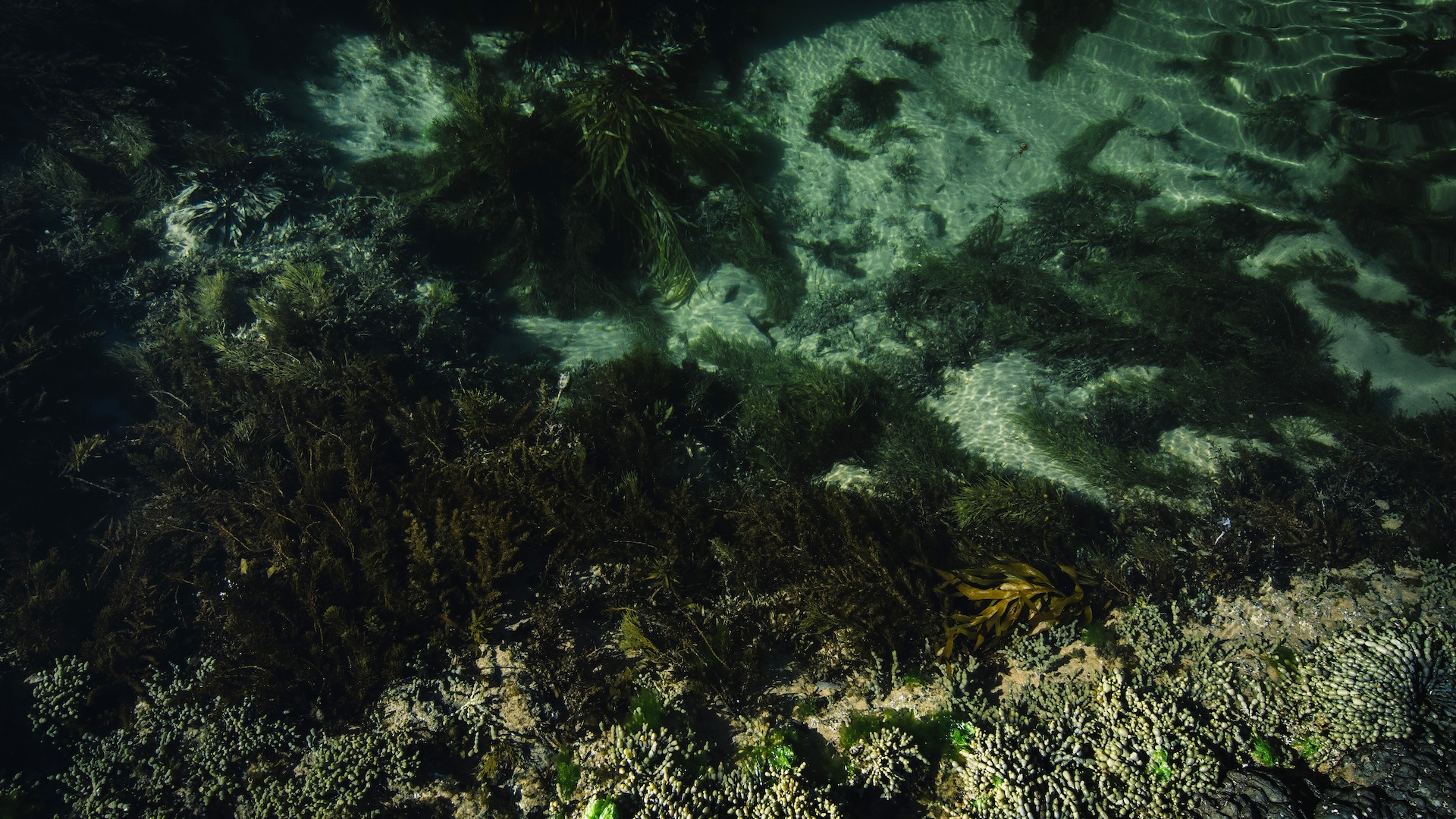Deep below the Arctic Ocean, some plants have adapted to photosynthesize in almost near darkness
Plants found to photosynthesize 160 feet beneath the surface of the Arctic Ocean offer tantalizing prospects for the future.

Plants can grow with much less light than previously thought, according to a new study on tiny water-based organisms called microalgae that has been published in Nature Communications. The German-led team of researchers lowered light sensors into Arctic water to a depth of 164 feet (50 metres) to test how low light levels must become before plant life ceases to exist, with incredible results.
They found that plants were able to perform photosynthesis — the process in which their leaves convert sunlight into energy — with very little light indeed. Not only did the microalgae carry out this process at the lowest light levels ever recorded (just 0.04 micromoles of photons m⁻²/s⁻¹), this wasn't very far from what computer simulations predict to be the lowest light possible in any circumstances (0.01 micromoles of photons m⁻²/s⁻¹).
To put this in context, typical light conditions outside on a clear day in Europe are between 1,500-2,000 micromoles of photons m⁻²/s⁻¹ — that's more than 37,000-50,000 times the amount of light required by those Arctic microalgae. It is an amazing discovery that some plants are adapted to survive with so much less light.
This discovery offers several exciting possibilities for the field of plant sciences:
1. Extended growing seasons
Many areas around the world receive too little sunlight because they are far from the equator and endure long winters, or are persistently covered by cloud. The UK is affected by cloud cover, for instance: in 2024 it is on the way to having one of the worst periods of total light hours since the 1900s (only the 1930s and early 1990s were worse).

Now that we know how little light is required for photosynthesis, scientists could develop crops that require much less light to thrive in such places by learning from these Arctic microalgae. By unlocking their genetic potential, many crops could benefit by using plant breeding or biotech approaches to alter them accordingly.
In particular, this could help to eke more out of short growing seasons and increase food production. Even in a relatively southerly place like the UK, breeding plants that can photosynthesise with less light would potentially increase crop yields.
Sign up for the Live Science daily newsletter now
Get the world’s most fascinating discoveries delivered straight to your inbox.
Related: Near-indestructible moss can survive gamma rays and liquid nitrogen
2. Sustainable agriculture
There could be additional benefits for growing plants indoors such as in greenhouses, polytunnels or vertical farms (where crops are grown in vertically stacked layers, such as racks of shelves). These systems sometimes rely on artificial lighting, which is both energy-intensive and costly.
If crops can be engineered to perform photosynthesis at lower light intensities — without compromising things like yield, taste or smell, the energy demand for artificial lighting could be reduced. This would reduce costs, a benefit that could be passed on to customers, and also help cut carbon emissions.
3. Space farming
Perhaps one of the most exciting prospects of this research is that it could potentially make it easier to grow plants in space. One of the main challenges for space missions to the Moon, Mars or eventually beyond, is how to feed anyone trying to live in those worlds for any length of time. Sunlight can be limited, so we'll need highly efficient ways of producing food that don't use much energy.
The discovery that photosynthesis can occur under such minimal light conditions suggests that crops could be grown either on other worlds or in spaceships using less energy to create light than previously thought. Combined with crops that are conducive to space conditions — spinach, lettuce and potatoes are among those that have been grown there before — this could be a critical step forward for long-term missions.
In short, this discovery is a promising breakthrough for the future. For those who sat through photosynthesis lessons in school and perhaps found it tedious, these new possibilities move it to a whole other galaxy.
This edited article is republished from The Conversation under a Creative Commons license. Read the original article.

Sven Batke's work focuses on how future predicted changes in climate will affect plant-atmospheric water feedbacks. Some of his work included running multiple physiological plant growth chamber experiments at the UCD Programme for Experimental Atmospheres and Climate (Péac) facility and the analysis of physiological data from Community Land Model simulations. In 2016 he then secured an Irish Research Council Fellowship to investigate how increases in atmospheric CO2 will alter water-relations in tropical epiphytes in the future. Sven’s general research interests include plant ecology and physiology, climate modelling and global change.









